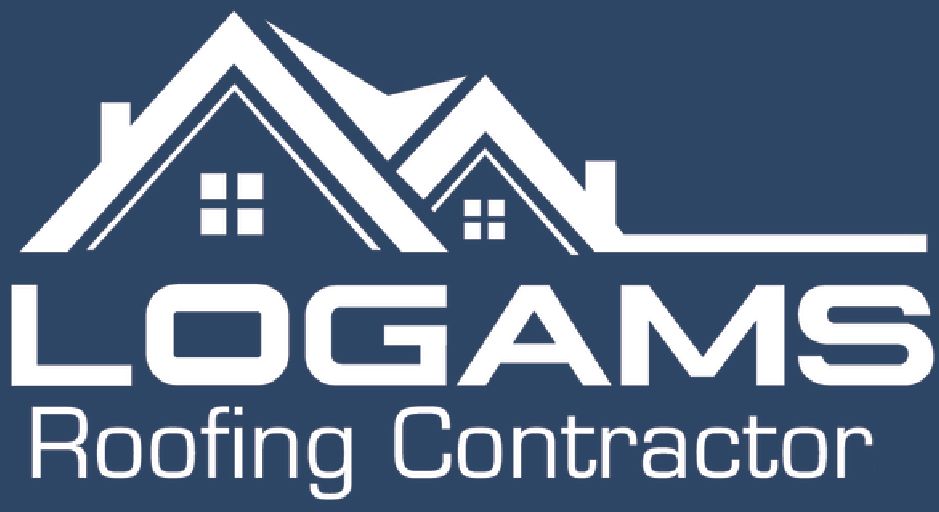Shingle Roof Replacement Cost Forecast for 2026: What Homeowners Need to Know
As we look ahead to 2026, homeowners considering a shingle roof replacement are facing a new reality: prices are rising and staying high. From persistent labor shortages to regulatory mandates and material cost inflation, the roofing industry is undergoing structural changes that directly affect your budget. At Logams Roofing, we believe in helping you plan ahead. This guide breaks down what’s driving the price hikes and what you can do to protect your investment.
Countdown until 2026
Why Shingle Roof Costs Are Rising in 2026
List of Services
-
1. Manufacturer Price Increases Set a New Cost FloorList Item 1
In early 2025, leading roofing manufacturers like Owens Corning, GAF, and CertainTeed raised prices by 6% to 10%. These increases weren’t temporary. They created a higher baseline for all shingle roof projects in 2026 and beyond. The national average cost of roof replacement jumped from about $18,000 in 2024 to over $19,800 in 2025. Homeowners should expect further increases in 2026.
-
2. Labor Shortages Create Unstoppable Upward PressureList Item 2
The U.S. construction industry is projected to need 500,000 more workers in 2026. Skilled roofing professionals are in short supply, and contractors are competing by offering higher wages. Labor now makes up a significant portion of your roof replacement quote, and once wages rise, they rarely go down.
-
3. Regional Regulations Add Mandatory CostsList Item 3
In hurricane-prone states like Florida, new building codes require costly upgrades during roof replacements. For example, Florida's HB 715 mandates enhancements to roof-to-wall connections, which can add $850 to $5,000 or more to your total cost. These upgrades aren’t optional and must be factored into every estimate.
-
4. Material Inflation Goes Beyond AsphaltList Item 4
While asphalt prices are tied to volatile oil markets, the real story in 2026 is the rising cost of secondary materials. Tariffs on key chemical components like MDI and TCPP have skyrocketed to 60% and even 272.7%. These inputs are essential to adhesives, fire retardants, and insulation—all required for code-compliant roofing systems.
The Total Cost of Ownership (TCO) in 2026
Replacing your roof isn’t just a one-time expense—it's a long-term investment. And unfortunately, modern asphalt shingles don’t last as long as they used to. Manufacturers have reduced the asphalt content to cut costs, which shortens the roof's lifespan.
Shorter Lifespan, Higher Annual Cost
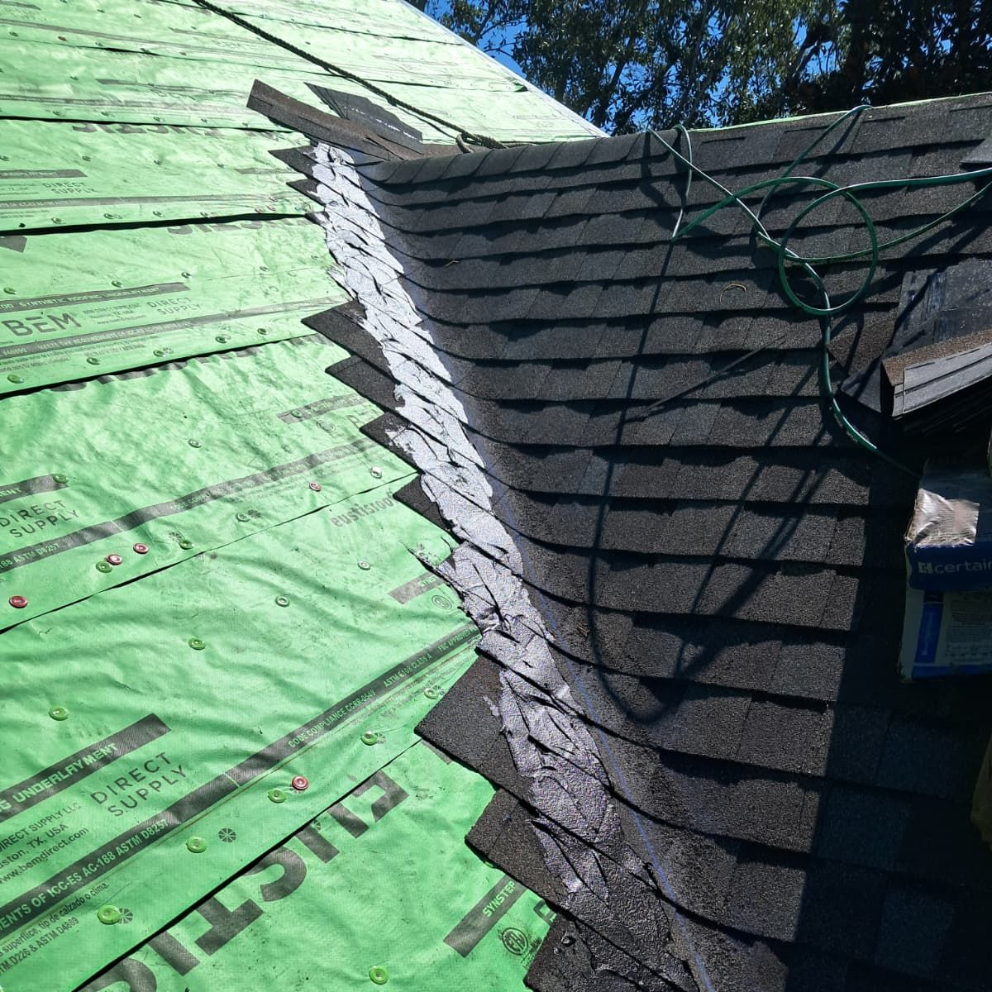
A roof that used to last 25–30 years now may only last 8–15 years. If you spend $20,000 on a roof that lasts 12 years, your annualized cost is over $1,600/yr — more than double what it would be with a 25-year lifespan(≈ $800/yr).
Frequent Replacements Increase Lifetime Spend
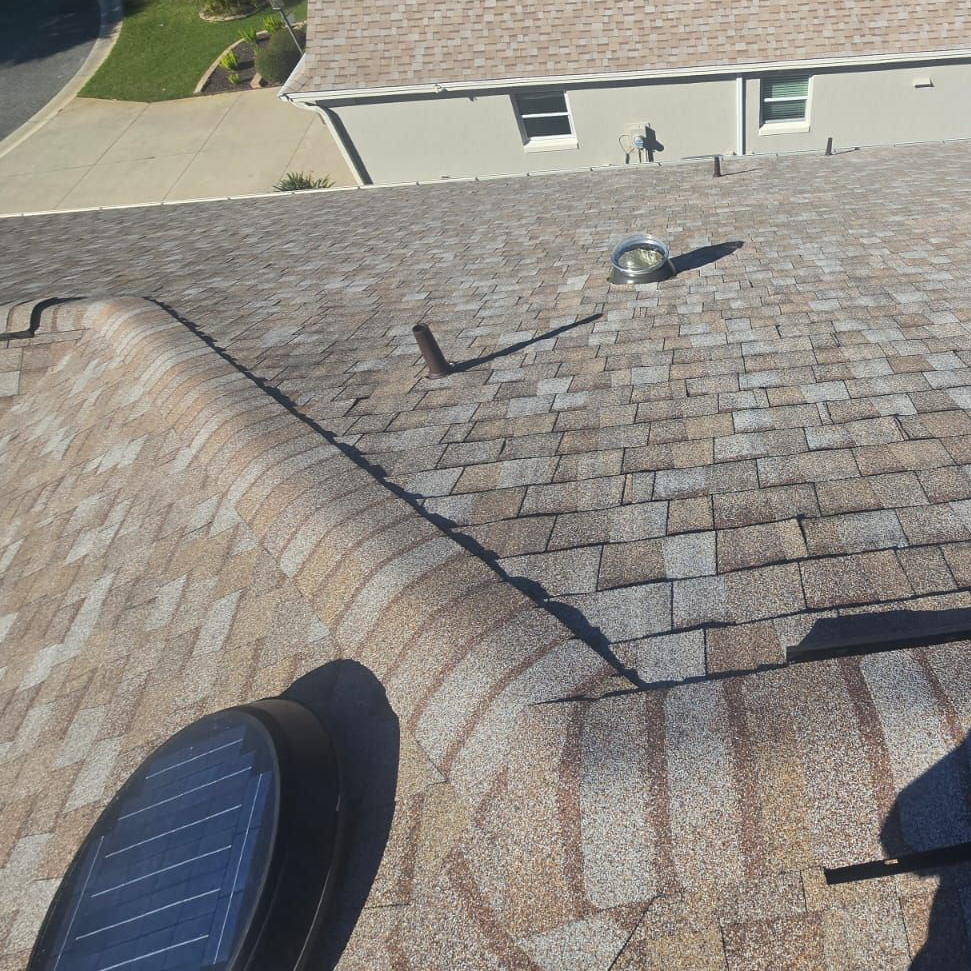
If shingles last only 12 years, you may face two or even three replacements over 30 years. That means triple the cost over time, not including maintenance. Routine repairs and upkeep could cost $100 to $200 per year on top of replacements.
Regional Cost Benchmarks
Nationally, the cost to replace a shingle roof on a 2,000-square-foot home ranges from $7,000 to $32,000, with the average hovering around $16,000. In high-risk zones like Florida, expect quotes between $9,000 and $30,000—or more if structural mitigation is required.
Florida Example: Code Compliance Adds Big Costs
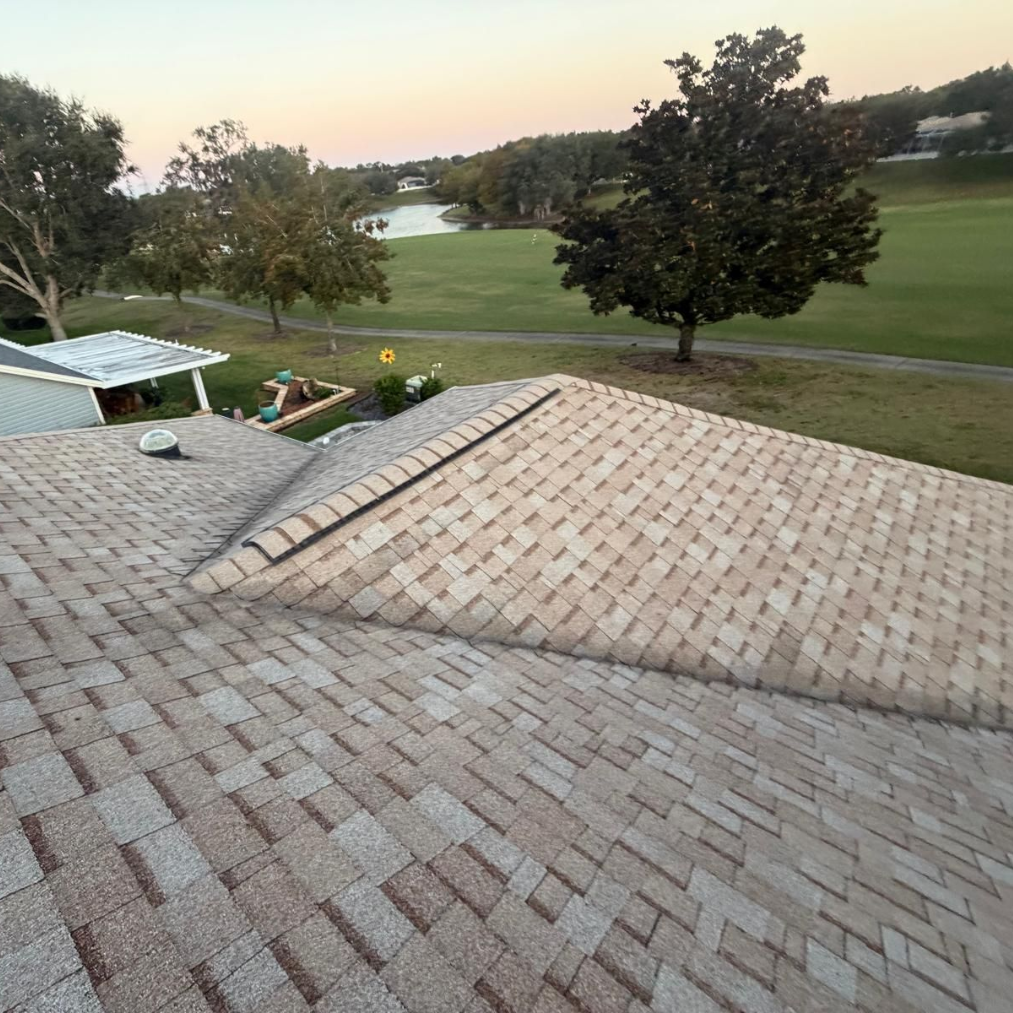
Florida requires hurricane straps or clips to improve wind resistance. These enhancements can cost $850 to $5,000, depending on complexity. Specialized labor and extra inspection requirements mean higher labor charges and longer project timelines.
Hidden Inflation Drivers: Freight, Fuel, and Overhead
Transportation Costs Are Rising
Roofing materials are heavy and bulky, which makes freight a key part of your final bill. Truckload rates are forecast to rise another 4% to 6% in 2026. Fuel prices are also expected to stay in the $75–95/barrel range, adding volatility to delivery costs.
Contractors Face Rising Overhead
Roofing contractors like Logams Roofing are also absorbing increased costs for insurance, compliance, and technology. While these upgrades improve service quality (think drones for inspections or digital project management), they also introduce new expenses that affect final pricing.
Insurance and Warranty Planning: Protect Your Investment
Review Your Policy Before You Replace
Before signing a roofing contract, speak with your insurance provider. Some costs—especially those related to mandatory code upgrades—may not be covered unless you have Law & Ordinance coverage. Make sure your policy limits are high enough to cover the gap between old and new code standards.
Look for Better Warranties
With shorter shingle lifespans becoming the norm, homeowners should prioritize quality and warranty. Architectural shingles and premium systems often offer longer coverage, and some even include algae resistance, wind protection, and transferability to future owners.
Should You Consider Alternative Roofing Materials?
Metal Roofing May Offer Better Value
Although asphalt shingles remain the most affordable upfront option, their declining longevity makes alternatives more appealing. Metal roofing systems cost $8.00 to $30.00 per square foot installed but can last 40 to 70 years. If you plan to stay in your home long-term, the math often works in favor of metal.
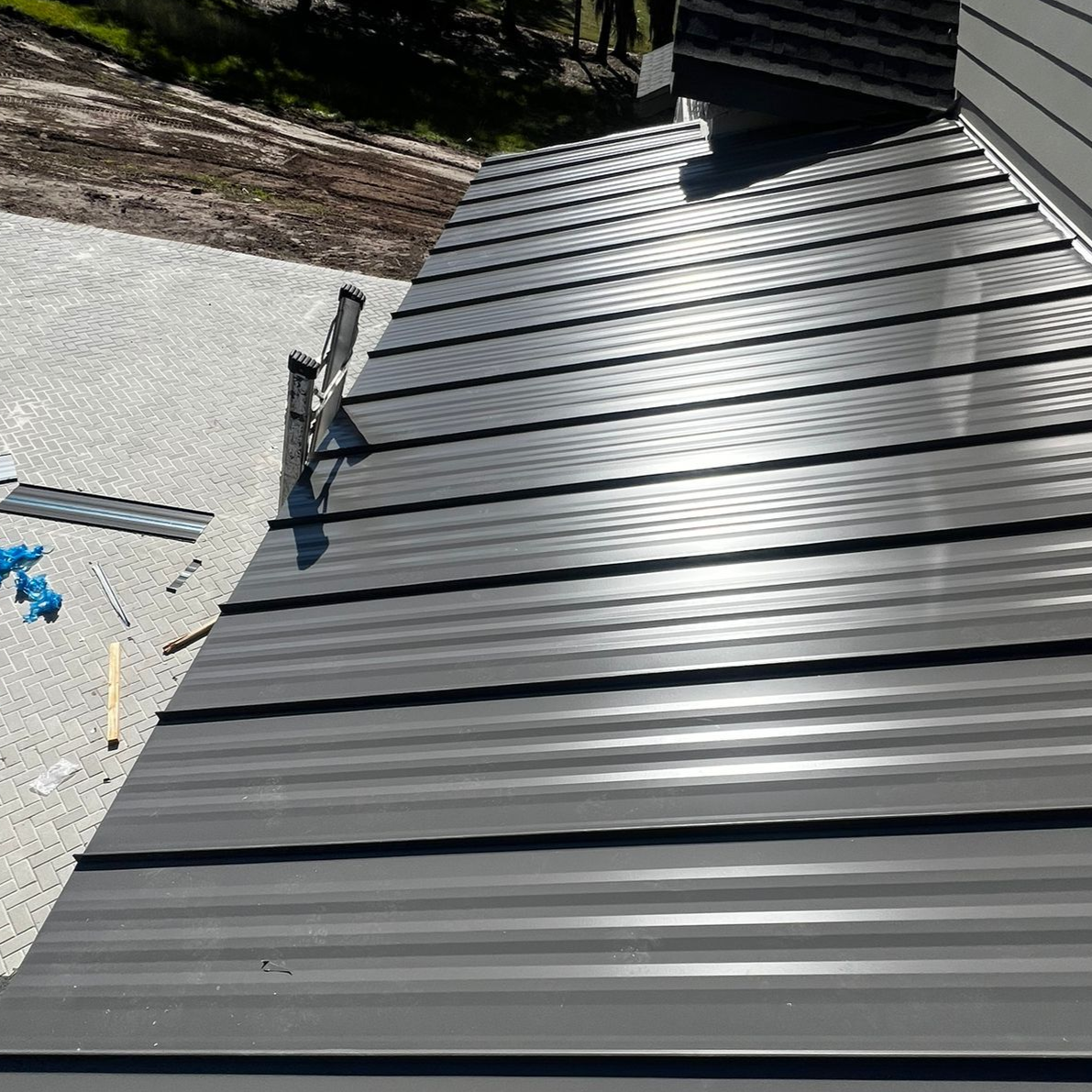
Architectural Shingles Bridge the Gap
Architectural shingles cost more than basic three-tab options but offer better durability, style, and resale value. They're projected to grow steadily as more homeowners shift toward longer-lasting products with stronger warranties.
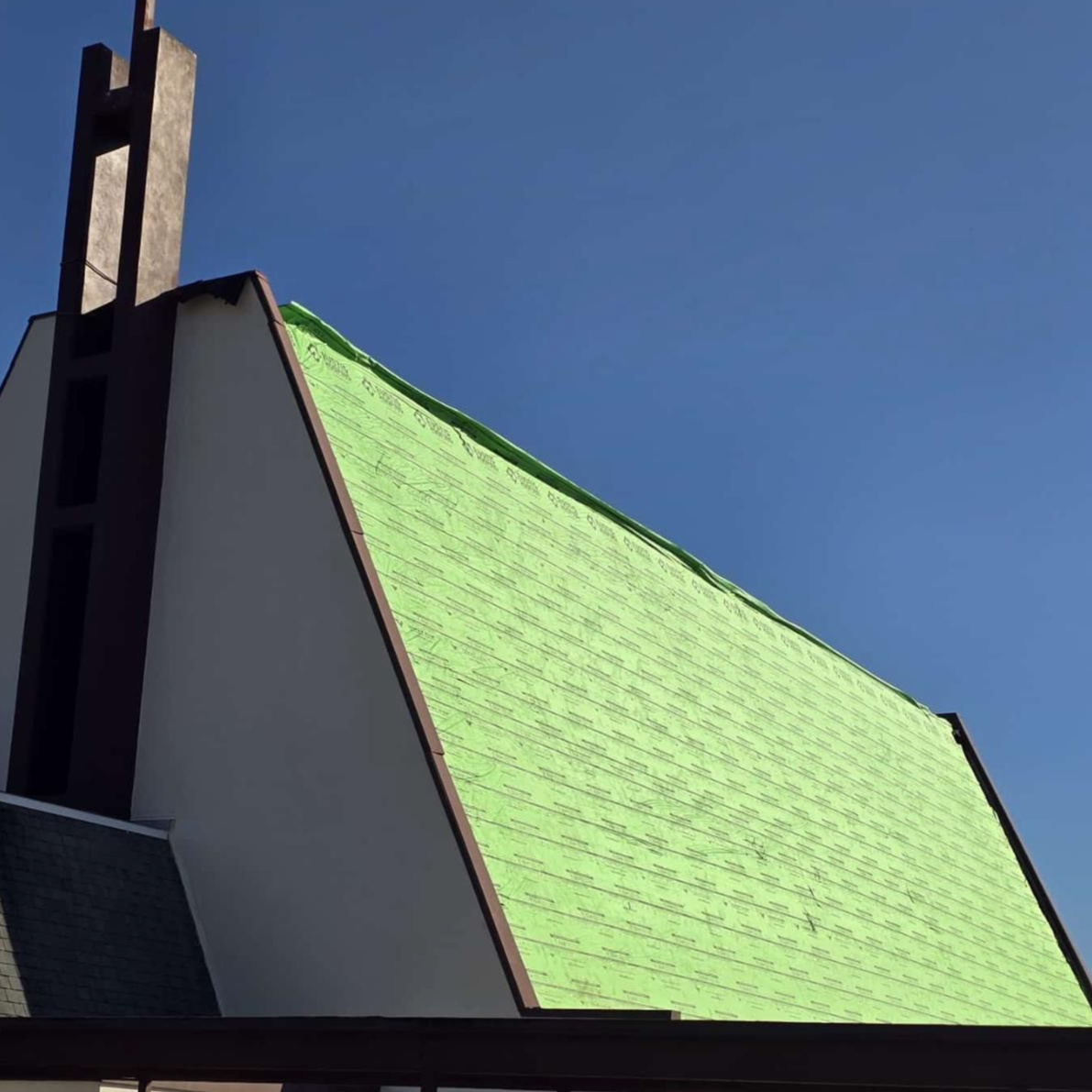
Strategic Tips for Managing Roof Costs in 2026
List of Services
-
1. Book Early to Lock in PricesList Item 1
Material costs and labor rates tend to rise throughout the year. Scheduling your project early in 2026 can help you lock in lower prices and avoid mid-year price hikes.
-
2. Avoid Peak Season If PossibleList Item 2
Spring and summer are the busiest seasons for roofing. If you can plan your replacement during fall or winter, you might save on labor and get faster service.
-
3. Get Detailed QuotesList Item 3
Don’t settle for vague estimates. Ask for a line-by-line quote that separates materials, labor, compliance upgrades, and contingency fees. This transparency can help you compare contractors and make smarter choices.
-
4. Plan for a Contingency BufferList Item 4
Unexpected issues often arise once the old roof is removed. Set aside an extra 10% to 20% of your budget to cover surprises like wood rot, structural repairs, or updated code requirements.
-
5. Verify Contractor Licensing and Insurance
Always hire a licensed, insured roofing contractor who understands local building codes. At Logams Roofing, we ensure every project is compliant, warrantied, and built to last.
Final Thoughts: The 2026 Roofing Outlook
The cost to replace your roof in 2026 is going up—and it’s not coming down anytime soon. From labor shortages to higher material costs and regulatory requirements, homeowners must plan strategically. The good news? By acting early, understanding your insurance, and investing in quality, you can maximize the value of your new roof.
At Logams Roofing, we’re committed to helping you navigate these changes. Contact us today for a personalized estimate and expert advice tailored to your home, region, and budget.
Ready to replace your roof in 2026? Get a free estimate from Logams Roofing today and learn how to lock in your price before the next increase!
